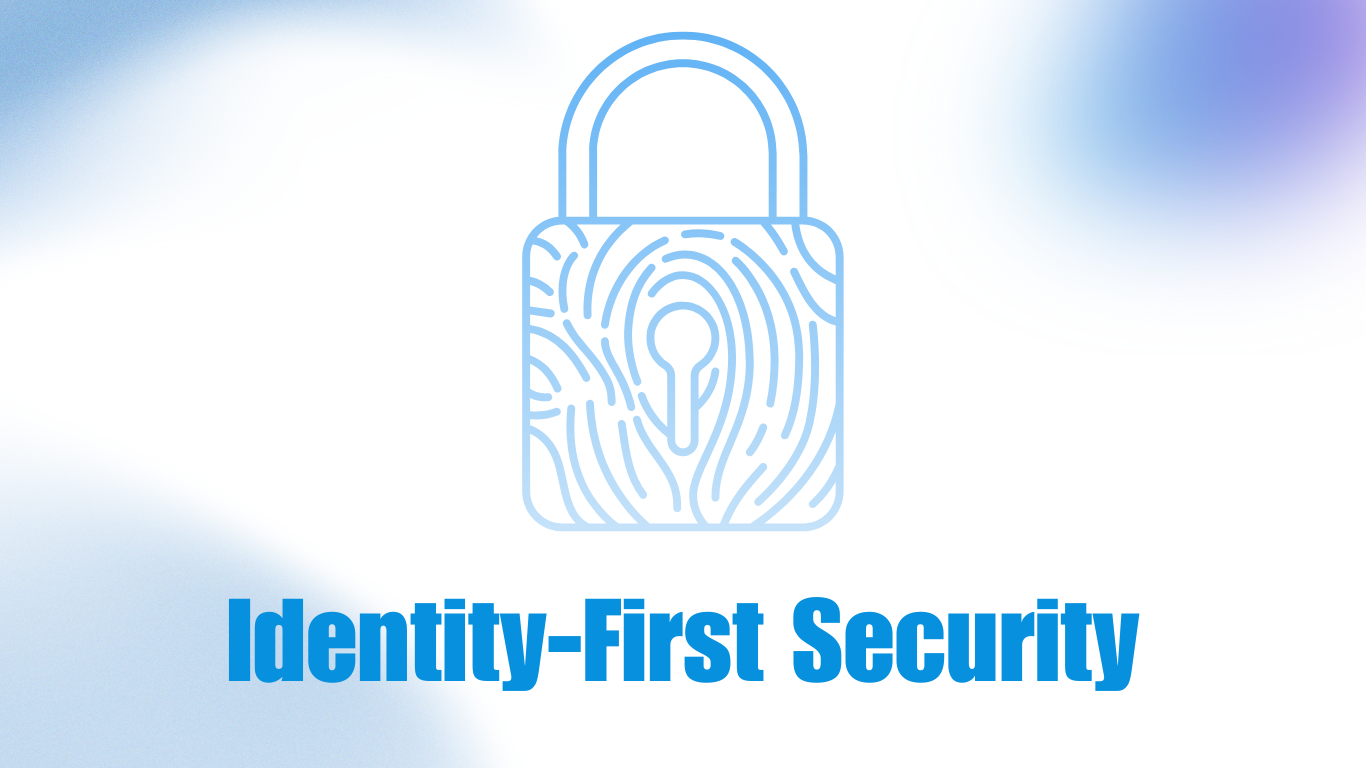
For years, cybersecurity programs were anchored in infrastructure: firewalls, antivirus software, and perimeter defense. Identity and Access Management (IAM) was often seen as an operational function important, but isolated from the broader conversation around enterprise risk.
Today, that model no longer holds.
In a digital first, cloud driven world, identity has become the new security perimeter. It defines who (or what) has access to sensitive systems, data, and workflows. And because every breach, escalation, or misconfiguration ultimately traces back to a question of identity, a modern security culture must begin with identity at its core.
But culture isn’t a product you can deploy. It’s a mindset. It requires buy in from stakeholders, clarity in roles, and sustained reinforcement across the organization. Building an identity first security culture means embedding identity into every layer of business operations and making it everyone’s responsibility.
As hybrid work, cloud adoption, and API driven development reshape enterprise environments, traditional network perimeters have eroded. Users, applications, and workloads now connect from anywhere across unmanaged devices, third party networks, and distributed systems.
In this model, the question is no longer “Is this network secure?” but rather “Should this identity have access right now?”
Security outcomes increasingly depend on identity decisions:
An identity first approach shifts the focus from controlling access at the edge to governing access at the source based on who the user is, what they need, and how their risk posture changes over time.
Adopting an identity first culture involves more than new tools or policies. It requires changing how people think, behave, and prioritize.
1. From IT Ownership to Shared Accountability
IAM has traditionally been owned by IT, but identity is now a shared responsibility. HR provides attributes. Security defines policies. Business managers approve access. Compliance teams ensure oversight. Identity affects and is affected by every function. Success depends on alignment and accountability across stakeholders.
2. From Reactive Compliance to Proactive Governance
Rather than scrambling to fix access before audits, identity first organizations bake governance into everyday workflows. Role definitions are clear. Entitlement reviews are automated. Violations are detected in real time. Identity controls become part of the organization’s operating system.
3. From Static Permissions to Dynamic Access
In fast moving environments, static access grants quickly become outdated. Identity first thinking embraces principles like least privilege, just in time (JIT) access, and contextual authentication. It treats access as a temporary condition not a permanent entitlement.
1. Executive Sponsorship
Without leadership support, identity programs often stall due to lack of prioritization or funding. Executives must champion identity as a business enabler, not just a security requirement. Metrics tied to business value such as time to productivity, risk reduction, or audit readiness help build support across the C suite.
2. Identity Literacy Across Teams
Just as cybersecurity awareness training is standard practice, identity awareness should be part of organizational onboarding and training. Managers need to understand their role in access approvals. Developers need to know how to secure service accounts. Employees must recognize their role in protecting credentials and reporting suspicious access.
3. Seamless User Experience
Security that disrupts users is often bypassed. Identity first organizations prioritize security by design making secure behavior the path of least resistance. This includes intuitive access requests, SSO, passwordless authentication, and clear visibility into who has access to what and why.
4. Continuous Improvement
Identity governance is not a “set it and forget it” effort. Business roles change. Technologies evolve. Threats adapt. A culture of continuous improvement with regular policy reviews, feedback loops, and automation audits ensures that identity programs remain relevant and effective.
If your organization is looking to build or reinforce an identity first culture, start with the following foundational steps:
While culture is people first, technology plays an enabling role. Identity first cultures benefit from platforms that:
Technology should not be the culture but it should make the culture easier to adopt, enforce, and evolve.
Culture is the force multiplier of security. Policies can be written. Tools can be deployed. But without a culture that values identity as a strategic asset, even the most advanced IAM implementations will fall short.
An identity first culture ensures that access is governed by design not by default. It empowers people to make informed decisions, respond to risk quickly, and align access with the needs of the business.
In a world where identity is both the new perimeter and the new attack vector, culture isn’t just a nice to have. It’s your strongest line of defense.
